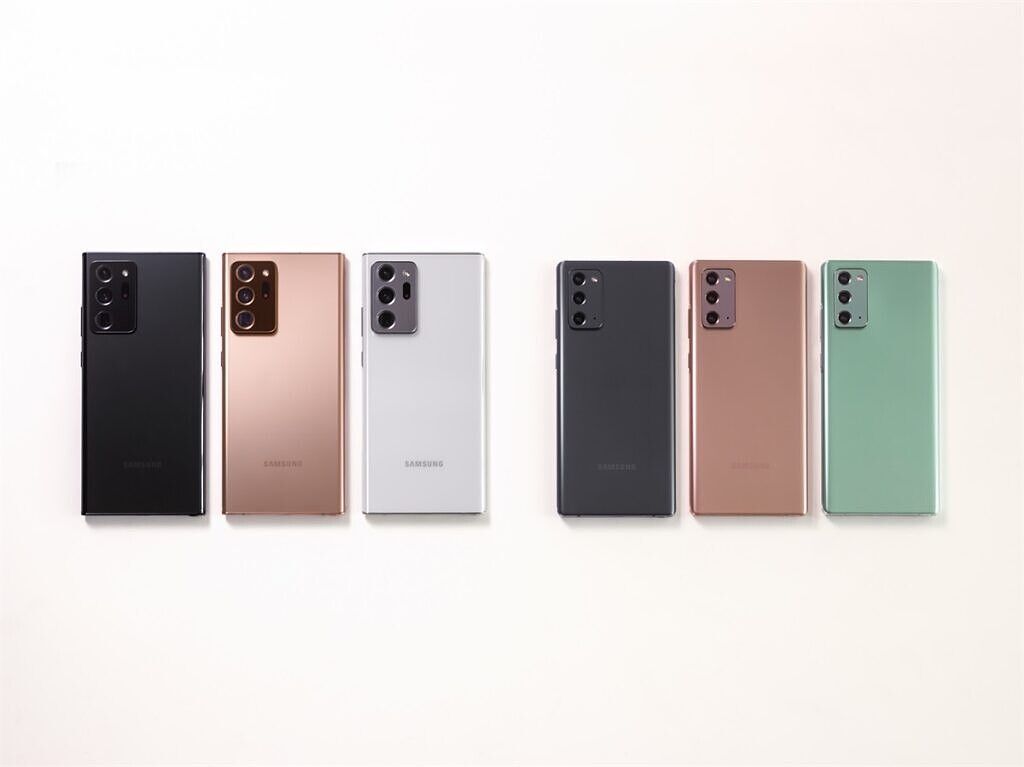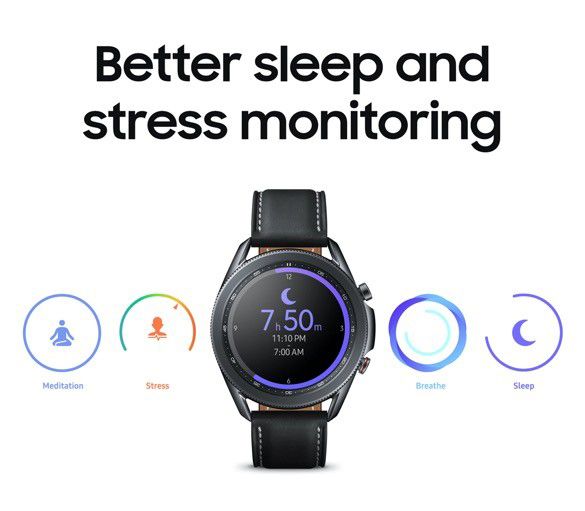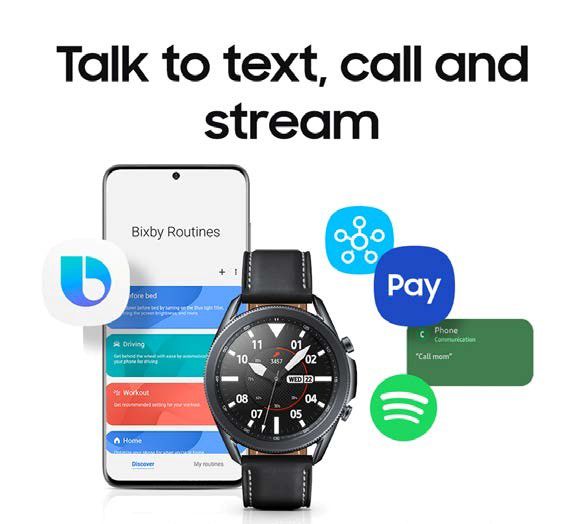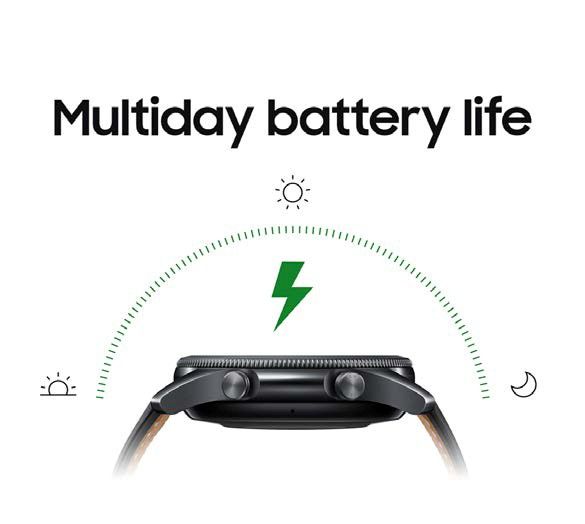At its second Galaxy Unpacked event of the year, Samsung officially unveiled its latest flagship Android tablets, the Samsung Galaxy Tab S7 and the Samsung Galaxy Tab S7+. These two tablets represent the best of what Samsung has to offer, which makes them the de facto best Android tablets on the market since, apart from Huawei, no other Android device maker is even trying to make a decent tablet. In previous generations, Samsung’s best effort still paled in comparison to what Apple offered, but with the new Galaxy Tab S7, Samsung has finally put together a tablet that rivals the Apple iPad Pro.

The Samsung Galaxy Tab S7 with the S Pen, Book Cover, and Book Cover Keyboard.
Samsung Galaxy Tab S7 Specifications
| Specification |
Samsung Galaxy Tab S7 |
Samsung Galaxy Tab S7+ |
| Dimensions & Weight |
253.8 (W) x 165.3 (H) x 6.3mm (D)
498g (Wi-Fi), 500g (LTE), 502g (5G)
|
285.0 (W) x 185.0 (H) x 5.7mm (D)
575g (Wi-Fi, LTE, 5G)
|
| Display |
- 11-inches
- 2560×1600 (WQXGA)
- LPTS TFT
- 120Hz
|
- 12.4-inches
- 2800×1752 (WQXGA+)
- Super AMOLED
- 120Hz
|
| CPU & GPU |
Qualcomm Snapdragon 865 Plus:
1 x Kryo 585 (ARM Cortex-A77-based) Prime core @ 3.1GHz
3 x Kryo 585 (ARM Cortex-A77-based) Performance core @ 2.4GHz
4 x Kryo 385 (ARM Cortex A55-based) Efficiency cores @ 1.8GHz
Adreno 650 GPU
Fabricated on TSMC’s 7nm (N7P) process
|
| RAM & Storage |
6GB LPDDR5 RAM + 128GB UFS 3.0 storage
8GB LPDDR5 RAM + 256GB UFS 3.0 storage
Expandable storage (up to 1TB microSD)
|
| Sound |
Quad Speakers
Tuned by AKG, Dolby Atmos
|
| Battery & Charging |
8,000 mAh
45W Super Fast charging
|
10,090 mAh
45W Super Fast Charging
|
| Security |
Capacitive side-mounted fingerprint by Goodix |
Optical under-display fingerprint scanner by Goodix |
| Rear Camera |
13MP f/2.0 main + 5MP f/2.2 ultra-wide
LED flash
|
| Front Camera |
8MP f/2.0 |
| Ports |
USB Type-C, 3.2 Gen 1, DP Out |
| Connectivity |
5G, LTE, Wi-Fi 6 (802.11 a/b/g/n/ac/ax), Wi-Fi Direct, Bluetooth 5.0 |
| Sensors |
Accelerometer, compass, gyroscope, light sensor, hall sensor |
| Software |
Android 10 with One UI 2.5 |
Samsung Galaxy Tab S7 / Tab S7+ Forums
Samsung Galaxy Tab S7 Features
Design
Samsung’s new flagship tablets come in 3 different colors: Mystic Black, Mystic Silver, and Mystic Bronze. The tablets look similar in design except the Tab S7+ has a larger display than the Tab S7. They each have the same rear camera bump placed horizontally on the rear, the same magnetic docking strip for the S Pen, the same port and button placements, and the same speakers. Both tablets have a USB 3.2 Gen 1 Type-C port (with DisplayPort Alternate Mode support) on the right side and quad speakers tuned by AKG (and with Dolby Atmos support).
The Samsung Galaxy Tab S7+ is surprisingly a bit thinner than the Galaxy Tab S7 (by about 0.6mm) despite having a display that’s 1.4″ larger diagonally. Despite the larger display size, both tablets have about the same aspect ratio (16:10). The Tab S7+ is, of course, heavier than the Tab S7 by about 73-77g depending on the model.
One key design difference between the Samsung Galaxy Tab S7 and the Tab S7+ is in the placement of the fingerprint scanner. On the regular Tab S7, the capacitive sensor is mounted on the side. On the larger Tab S7+, the optical sensor is mounted under the display. Both modules are provided by Chinese technology company Goodix Technology.
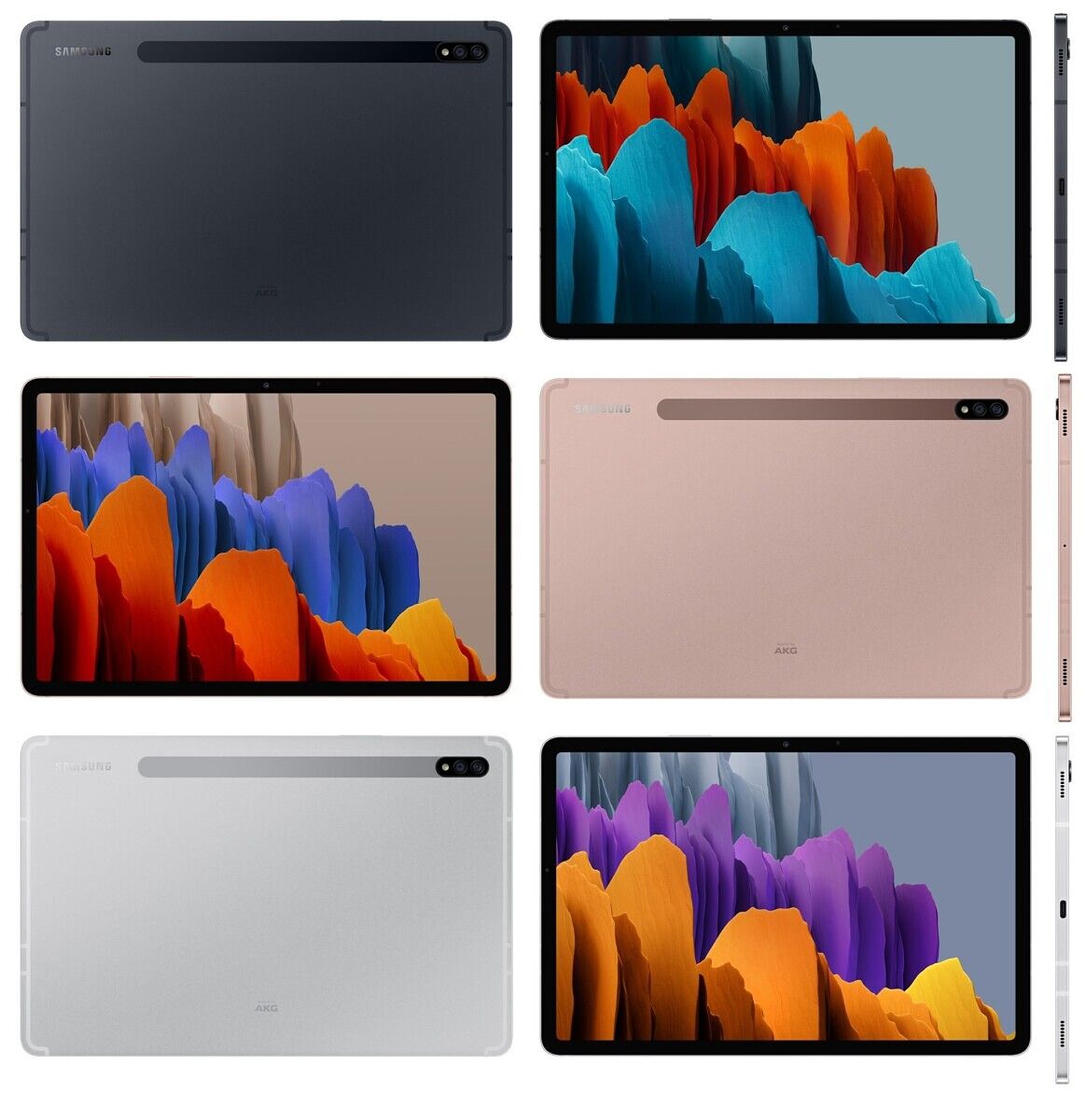

Display
The smaller Galaxy Tab S7 has an 11-inch LPTS TFT LCD at 2560×1600 (WQXGA) resolution while the larger Galaxy Tab S7+ has a larger 12.4-inch Super AMOLED display at 2800×1752 (WQXGA+) resolution. While the two tablets differ in screen technology, they both offer the same, fluid 120Hz refresh rate. Samsung finally has a tablet on its hands that can match the fluidity of the Apple iPad, which introduced 120Hz refresh rate options back in 2017.
Although Samsung has introduced a 120Hz Super AMOLED display on the Galaxy Tab S7+, the company isn’t using its new LTPO backplane technology as they are on the Galaxy Note 20 Ultra and Galaxy Z Fold 2. That means the device won’t support variable refresh rate switching, which means it’ll instead switch between various preset resolution and refresh rate display modes. Perhaps Samsung will bring this technology to its next-generation Galaxy Tab devices.
Camera
Camera quality is not a typical concern for tablet users, but it is nice to have a tablet with a decent camera when you need to scan the occasional document, do a video call, or take a photo if it’s the only device at hand. Since the camera quality isn’t a major selling for a tablet, Samsung isn’t differentiating between the two tablets in camera hardware. Both the Samsung Galaxy Tab S7 and the Tab S7+ have the same front and rear cameras. There are 2 rear cameras comprised of a 13MP main image sensor with an f/2.0 aperture lens and an 8MP secondary image sensor with an f/2.2 aperture, wide-angle lens. Both devices support recording 4K resolution videos at up to 30fps from the rear cameras. Lastly, there’s one front-facing camera that’s an 8MP image sensor with an f/2.0 aperture lens.
Performance
After a brief period of being unseated by Huawei, Samsung is once again offering the most powerful Android tablets on the market with the new Galaxy Tab S7. Both the Tab S7 and the Tab S7+ are powered by the Qualcomm Snapdragon 865 Plus, a performance binned version of the Snapdragon 865 mobile platform announced back in December. The Snapdragon 865 Plus is the most powerful SoC for mobile devices not made by Apple, and it’s also what powers the new Galaxy Note 20 series, Galaxy Z Fold 2, and Galaxy Z Flip 5G.
The Qualcomm Snapdragon 865 Plus has an octa-core CPU in a 1+3+4 configuration; 1 ARM Cortex-A77 “Prime” core clocked at up to 3.1GHz is joined by 3 additional ARM Cortex-A77 “Performance” cores clocked at up to 2.4GHz as well as 4 ARM Cortex-A55 “Efficiency” cores clocked at up to 1.8GHz. The GPU is Qualcomm’s Adreno 650, an overclocked version of the same Adreno 650 in the standard Snapdragon 865. The SoC is fabricated on TSMC’s 7nm (N7P) process.
Samsung is pairing the Snapdragon 865 Plus with either 6GB of LPDDR5 RAM and 128GB of UFS 3.0 storage or 8GB of LPDDR5 RAM and 256GB of UFS 3.0 storage, at least in the U.S. variants of the device. The storage is expandable by up to 1TB with a microSD card, but the RAM capacity is a bit lower than what’s offered on top-tier flagship smartphones. Samsung’s own Galaxy S20 Ultra featured up to 16GB of LPDDR5 RAM, which is definitely overkill for the average person but could prove useful for heavy multitaskers reliant on Samsung DeX.
With the Snapdragon 865 Plus mobile platform comes support for 5G connectivity thanks to the Snapdragon X55 modem. We’ve seen plenty of 5G smartphones before—Samsung’s own Galaxy S20 can be credited with making 5G more mainstream—but the Samsung Galaxy Tab S7 and Tab S7+ are actually the first tablets in the U.S. to offer 5G connectivity. Your tablet can thus be the Internet source for other devices, and with Samsung’s Auto Hotspot feature, you can automatically tether other Samsung Galaxy devices over 5G.
Power
The Samsung Galaxy Tab S7 and Tab S7+ vary considerably in size, so Samsung has, of course, packed different batteries in each device. The smaller 11-inch Galaxy Tab S7 has an 8,000mAh battery while the larger 12.4-inch Galaxy Tab S7+ has a 10,090mAh battery. Both tablets support Samsung’s 45W Super Fast Charging technology, which is based on the USB Power Delivery 3.0 specification with Programmable Power Supply (USB-PD PPS). Neither tablet supports wireless charging, which Huawei offers on its MatePad Pro.
S Pen

Samsung intends the Galaxy Tab S7 and Tab S7+ to be used for productivity purposes, which is why support for the optional S Pen accessory has returned. The S Pen connects to the tablet via Bluetooth Low Energy and can be attached magnetically to the rear near the cameras. When attached to the rear of the tablet, the S Pen wirelessly charges. (The S Pen does not need charge to act as a stylus.) If you have the Book Cover, the S Pen even fits snugly underneath the cover. Likewise, the Book Cover Keyboard also has an S Pen holder.

The S Pen measures 147mm in length and 8.2mm in diameter, weighs only 8g, and is IP68 dust and water-resistant. It retains the same functionality from the previous generation, meaning you can use S Pen Air action gestures to take selfies or videos or control multimedia content. You can also jot down notes in Samsung Notes that can be converted to digital text and then exported to Microsoft Word-supported formats or to a PDF. Samsung Notes’ floating window also returns, letting you take notes or make sketches while you’re in another app.
New to the Samsung Galaxy Note 20 and Samsung Galaxy Tab S7 series are five new “Anywhere” S Pen actions for simple touchless navigation. You can return to the home screen or take a screenshot with an S Pen action, for example. Samsung says the upgraded S Pen can also be used as a pointer and has 9ms of latency.
Software
The latest version of Samsung’s Android software, One UI 2.5, is pre-installed on the Samsung Galaxy Tab S7 and Tab S7+. One UI 2.5 is based on Google’s Android 10 release, but the two are extremely distinguishable. Samsung made a ton of UI tweaks and likewise added a ton of features on top of stock Android. Samsung’s design philosophy involves splitting up the UI into two areas: the top-half “information area” and the bottom-half “interactive area.” This design language extends to One UI 2.5 and the many updated versions of Samsung’s stock apps.
Samsung has added a lot of new features to One UI 2.5, but most of the changes are more relevant to the Samsung Galaxy Note 20. One of the changes that relate to the Samsung Galaxy Tab S7 includes the upgraded Samsung Notes app with a new folder management system to make finding files easier, and the ability to annotate and highlight PDFs. Samsung Notes can also be used to transform messy handwriting into legible digital text and also record audio notes. Notes are auto-saved and synced to Samsung Cloud so you’ll never lose your work.
Microsoft and Samsung worked together to better integrate the Galaxy Tab S7 with Windows. The upgraded Link to Windows app lets you access your tablet’s apps directly from your Windows 10 PC, on top of letting you send messages, manage notifications, sync photos, and mirror your display. Later this year, Samsung will even let you run multiple apps side-by-side on your Windows 10 PC. Samsung Notes will sync with Microsoft OneNote and Microsoft Outlook while Samsung Reminders will sync with Microsoft To Do and Microsoft Teams, so if you’re big into Microsoft’s app ecosystem, then the Samsung Galaxy Tab S7 is a perfect productivity companion.
Finally, the Samsung Galaxy Tab S7 and Tab S7+ feature on-device Samsung DeX, so you can get a PC-like experience without having to connect to an external monitor. Speaking of which, Samsung DeX now supports wireless connections to TVs, so you don’t have to plug in a cable to run DeX on a larger screen. If you own the Galaxy Book Flex, Galaxy Book Flex alpha, Galaxy Book Ion, Galaxy Book S, or Samsung Notebook Plus, you can duplicate or extend your Galaxy Tab S7’s display using Samsung’s Second screen function.

Lastly, the Galaxy Tab S7 supports Samsung’s Quick Share feature to quickly transfer files to nearby contacts. It’ll also, of course, support Google’s new Nearby Share feature.
Samsung Galaxy Tab S7 Pricing & Availability
Samsung has built two premium Android tablets with top-tier hardware and loads of impressive software features, so they won’t come cheap. The Samsung Galaxy Tab S7 starts at a price of $649.9 while the Galaxy Tab S7+ starts at a price of $849.99. Both devices will be available in the U.S. this Fall 2020 in Mystic Black, Mystic Silver, and Mystic Bronze colors. Both tablets will, of course, also be available in markets like Europe and Asia, though regional pricing will differ.
The S Pen, Book Cover, and Book Cover Keyboard accessories are all sold separately and availability varies by market.
Samsung Galaxy Tab S7 / Tab S7+ Forums
The post Galaxy Tab S7 Unveiled – Samsung’s answer to Apple’s iPad Pro appeared first on xda-developers.
from xda-developers https://ift.tt/33q9c9n
via
IFTTT









